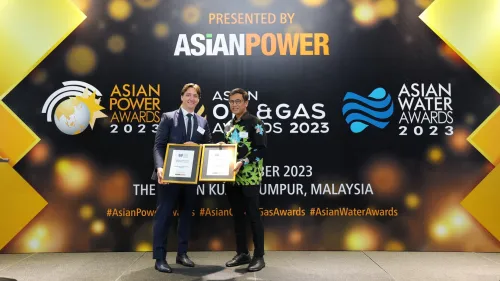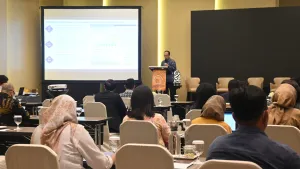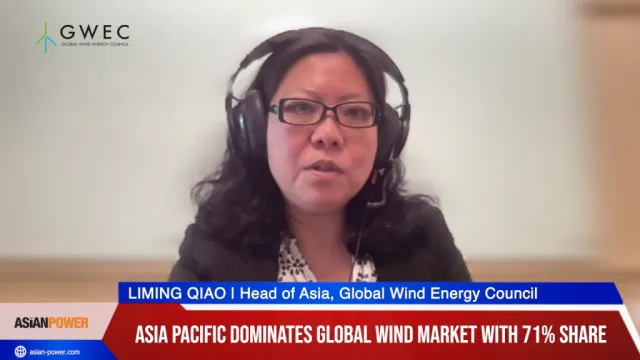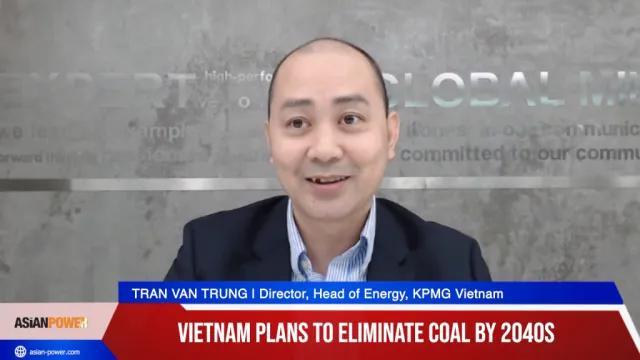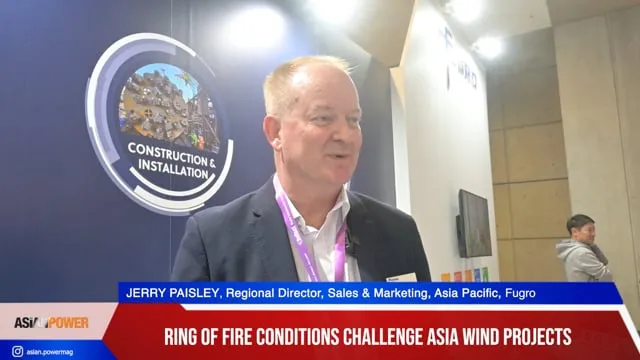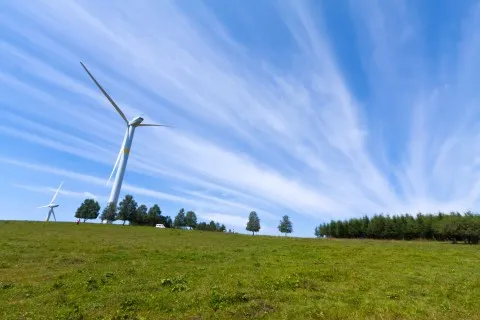
China trails peers in offshore wind market
China is witnessing the start of a golden age.
With wind installations likely to reach 100 gigawatts by 2020, the Asian giant’s policymakers have been caught off guard with the industry’s tremendous growth since 2005.
“Wind power in China is a key component of the government’s efforts to rebalance the power generation mix away from thermal power. This is reflected in a rapid increase in wind power installed capacity since 2010, with the share of wind power in total installed capacity in China having increased from 1.8% in 2009 to 7% in 2014. Capacity additions were highest in 2014 with a net addition of 20 gigawatts,” notes Ephrem Ravi of Barclays.
In addition to policies and regulations related directly to renewable energy and wind power, climate change considerations have played a major role in encouraging China’s wind sector.
As the only country in the world that has set up a national leading group for responding to climate change, headed by Premier Wen Jiabao, China is stressing measures to tackle the challenge through all levels of government, says Junfeng Li, secretary general of China’s Renewable Energy Industries Association.
As the stability and predictability of the wind power sector attract greater investment, it is widely believed that wind power will be able to compete with coal generation by as early as this year.
“That will be the turning point in China, which by then will be the world’s largest energy consumer,” says Li.
While coal-fire power still remains the biggest contributor to China’s energy mix, the country posted a 9% decline in coal-power capacity in 2006, with domestic wind turbine technology catching up quickly.
The country was able to manufacture turbines of only up to 600 kilowatts, but policy incentives have helped in accelerating technological upgrades.
A report from BMI Research shows that China’s offshore wind sector is gathering speed, but it could use much more momentum.
The sector is picking up with stronger project pipelines and increased investor interest in the market, but challenges come in the form of high costs of development, relatively low feed-in tariff for offshore wind, and regulatory and infrastructure-related hurdles.
“China has been a notable underperformer in the global offshore wind market, with offshore installations- mainly consisting of demonstration projects - in Chinese waters dwarfed by those in Europe (home to over 90% of the global offshore capacity). We attribute this slow progress primarily to the low returns on offer to potential developers and the lack of clarity in regulatory environment for offshore wind,” BMI Research notes.
The offshore wind sector is still plagued by regulatory and licensing issues, creating conflicts between different government agencies and project developers.
“Although we have witnessed progress in this regard, we expect further delays in the approval process for new
projects,” BMI research adds.


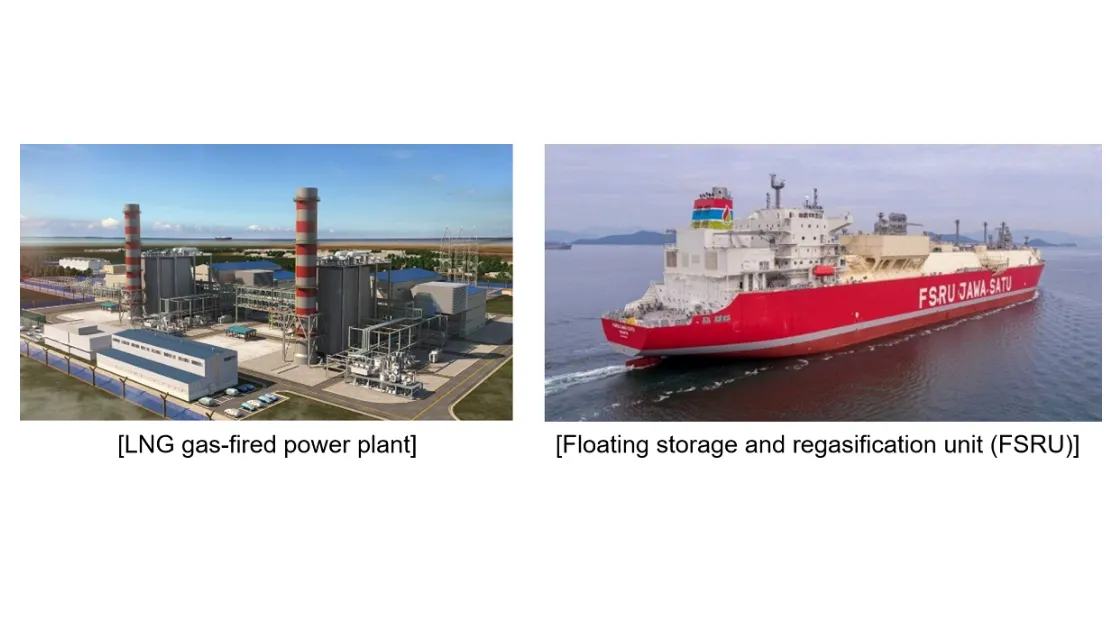
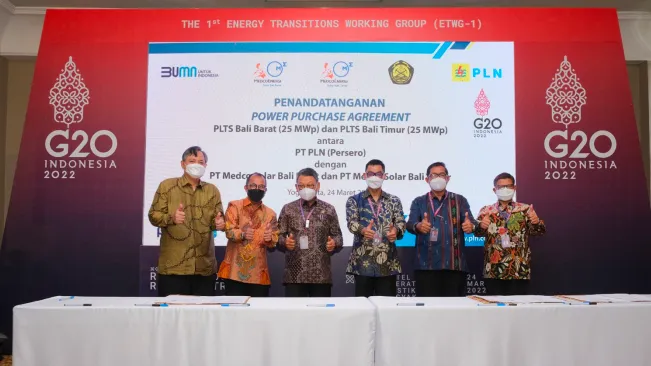





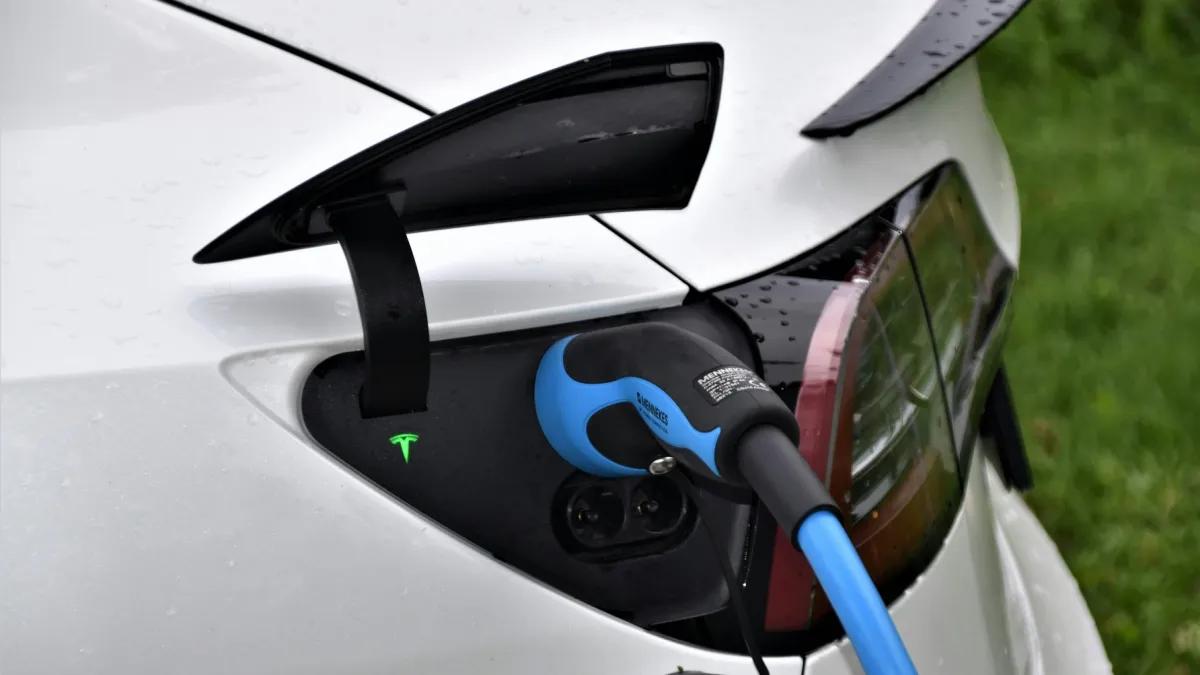
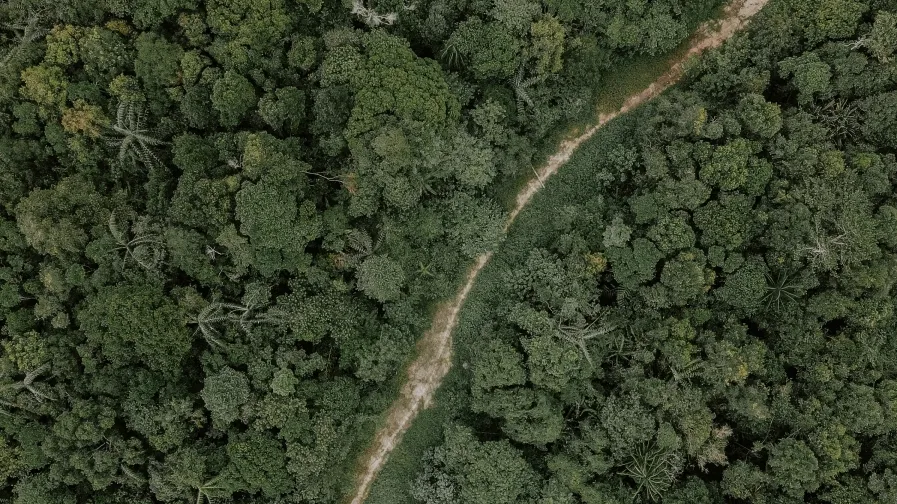


 Advertise
Advertise
